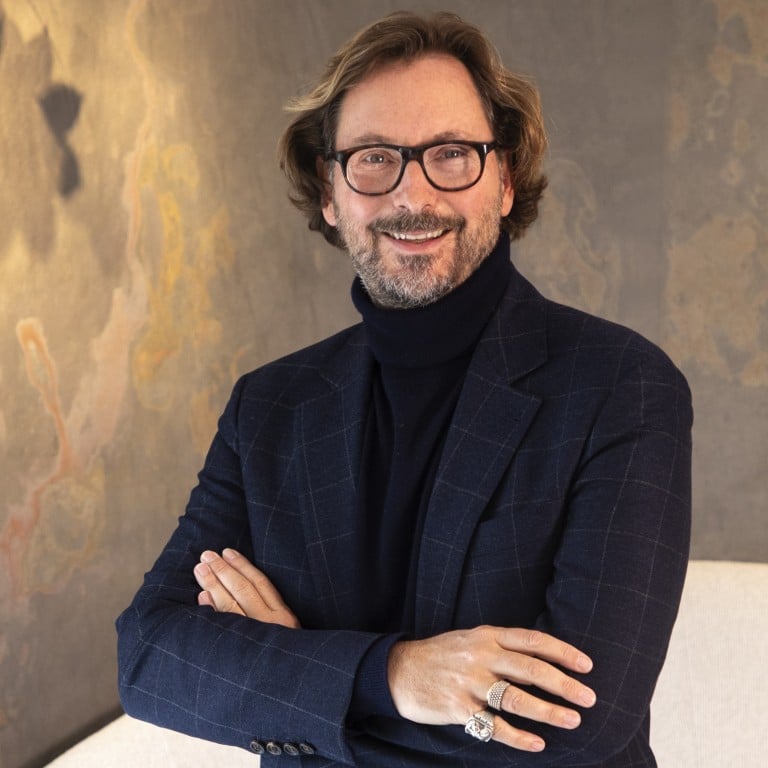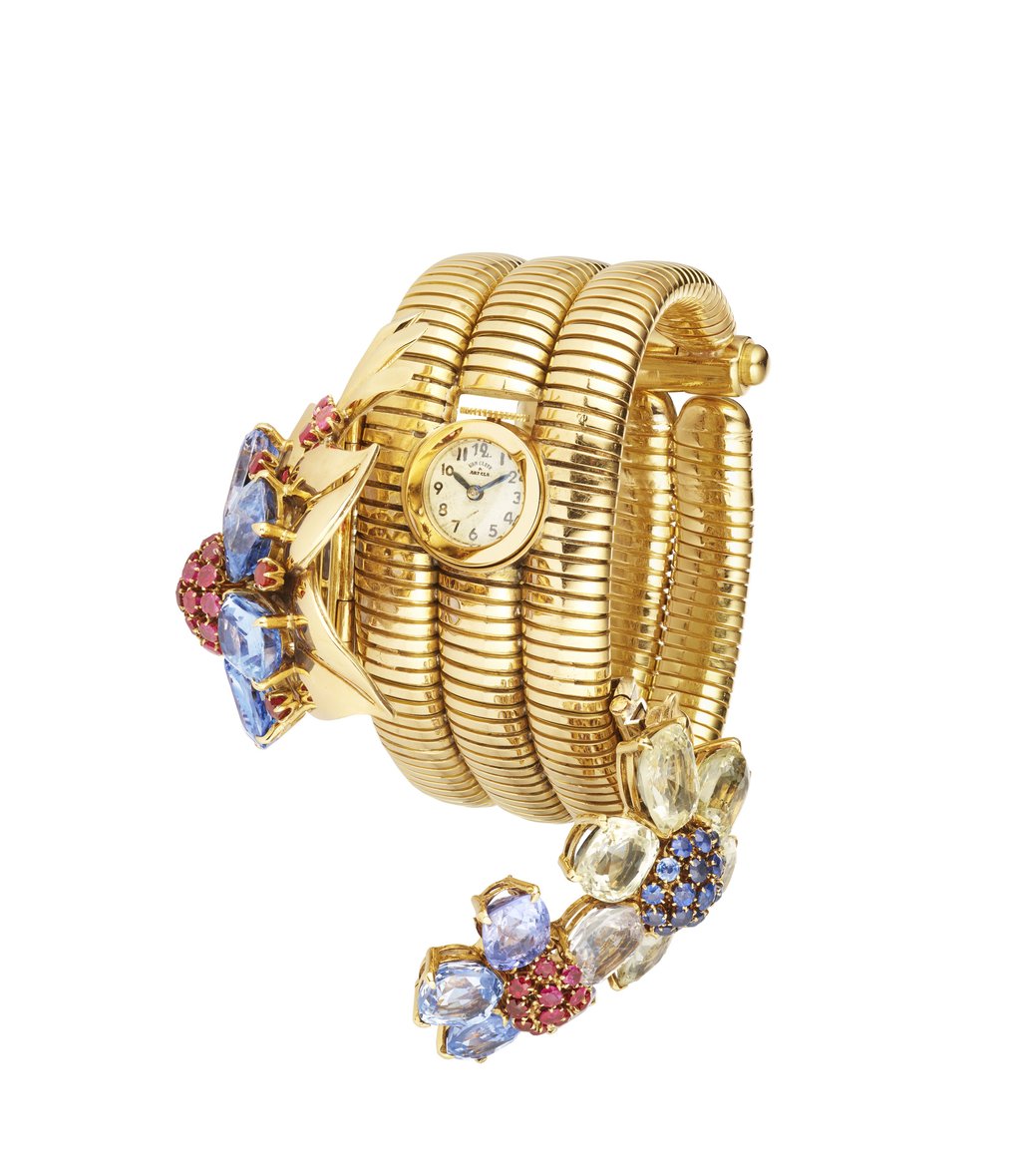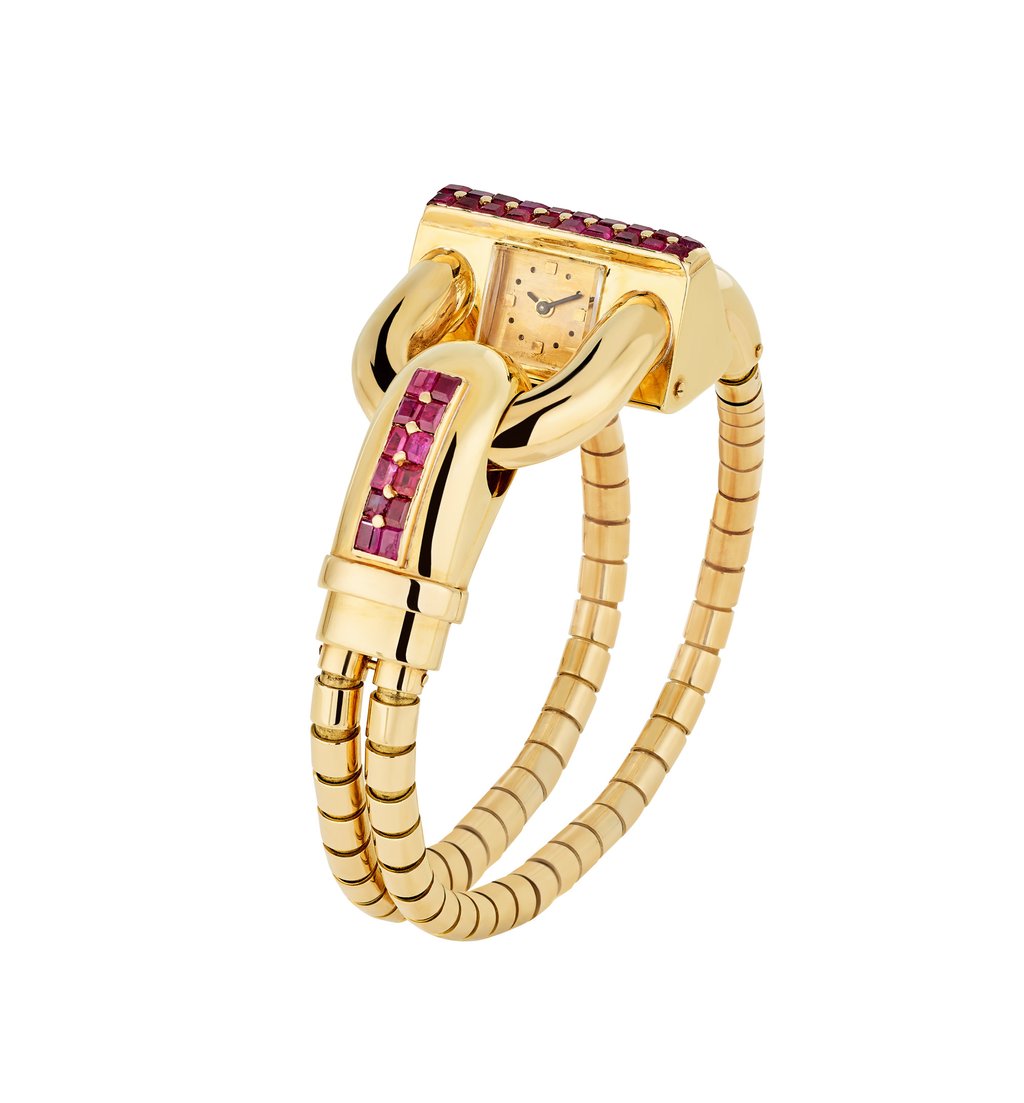New Richemont group CEO Nicolas Bos on his 25 years at Van Cleef & Arpels, and now stepping up to oversee Cartier, Jaeger-LeCoultre, Piaget and Vacheron Constantin as well

He closed out his 25 years at Van Cleef & Arpels with a last high jewellery collection, an homage to Robert Louis Stevenson’s Treasure Island
Earlier this year, luxury group Richemont announced that long-time Van Cleef & Arpels CEO Nicolas Bos would leave his post at the storied Parisian jeweller to become group chief executive, overseeing all Richemont brands and regions.
One of the largest luxury groups in the world and the undisputed leader in the hard luxury sector, Richemont is the company behind illustrious names such as Cartier, Jaeger-LeCoultre, Piaget, Vacheron Constantin and Buccellati, to name a few. Bos’ appointment is testament to his incredible tenure at Van Cleef & Arpels, which he joined in 2000 as international marketing director before becoming CEO in 2013.

Under his stewardship, the maison has experienced remarkable growth without compromising on its legacy as Paris’ most rarefied jeweller, prizing quality and design above all else. From the incredible success of its Alhambra and Perlée fine jewellery ranges to coveted high jewellery collections that set the standard for the entire field – not to mention the establishment of L’École School of Jewelry Arts, its educational arm – the brand has become a point of reference in the industry and beyond.
As its chief custodian for the better part of this period of major growth, Bos has had a front-row seat to the changes that the luxury industry – and the jewellery sector in particular – has undergone over the last three decades. Extremely creative and far from a number-crunching executive just looking at the bottom line, Bos is now in charge of some of the most respected jewellery and watch names in the world.
“It’s been 25 years and the main change is that the luxury industry was always fascinating and influential but very small and exclusive back then,” Bos said, reflecting on his early days at Van Cleef & Arpels in an interview in Paris. “Now it’s still influential and fascinating but it’s a very international industry. When you look at the importance and positioning of luxury brands within the global economy, it wasn’t [like that] years ago. They were prestigious but not as important as LVMH, Richemont, Hermès and Chanel are now. They were not these powerhouses.”

Bos recalls how when he first joined Van Cleef & Arpels, and well into the 90s, magazines barely devoted any pages to jewellery, and editors could not tell the difference between the different styles of jewellery brand. “At the time international Western brands represented probably only 5 per cent of the global jewellery market because it was mainly traditional, local jewellers, like in India and in most countries,” he added. “Now, international Western brands represent 25 per cent of the global market so it has grown tremendously. Although fashion 25 years ago was already associated with brands from France, Italy and the US that had international reach and visibility, for jewellery – not so much. There were jewellery brands that were easily identifiable and had international development, but [they had] a limited population of customers and buyers beyond a small community of clients.”
These days those clients are as likely to come from established and mature markets such as the US, Europe and Japan as they are to come from China, the Middle East and Southeast Asia, where luxury consumers have fully embraced categories such as jewellery and watches that had previously lacked the visibility and reach of fashion and leather goods.
They are also the main buyers of high jewellery: one-of-a-kind creations that are at the heart of Van Cleef & Arpels and represent the pinnacle of the field – what Bos calls “the most sophisticated form of expression in jewellery”.